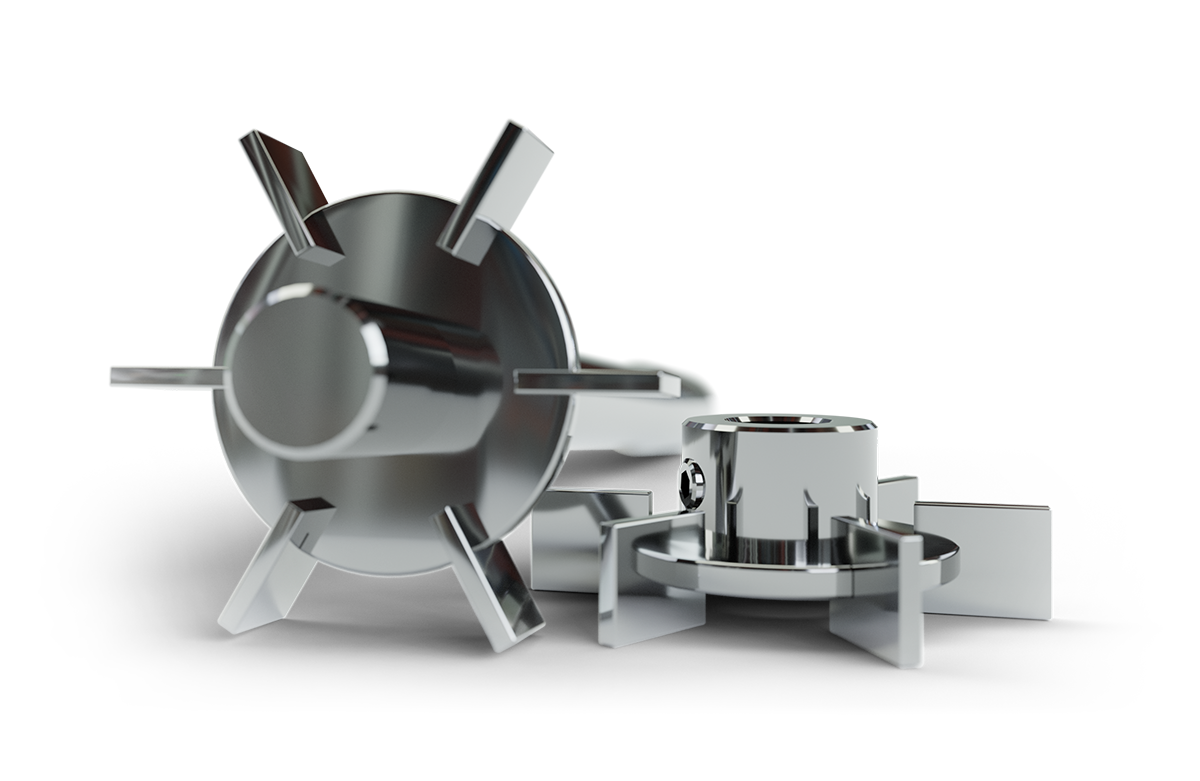What is bioinformatics?
Bioinformatics is a scientific discipline that combines biology with computer science to analyze massive volumes of biological data. In simple terms, it applies computational methods to study information from living organisms, such as DNA or protein sequences.
Thanks to bioinformatics, scientists can efficiently collect, store, and compare genetic and molecular data to extract knowledge that would be very difficult to obtain manually.
In recent decades, this field has gained great relevance due to the boom in genomics and other technologies like proteomics and metabolomics. Modern tools such as next-generation DNA sequencing now generate unprecedented amounts of data. As a result, bioinformatics has become essential for managing biological “big data” in current scientific research. A recent example is its key role in the analysis of SARS-CoV-2: without computational biology tools, it would have been extremely difficult to rapidly sequence the genome of the novel coronavirus and develop automated diagnostic tests.

What is the origin of bioinformatics?
Bioinformatics emerged in the mid-20th century alongside advances in molecular biology and computing. Its origins date back to the 1960s when computers began to be used to analyze protein sequences. In the 1970s and 1980s, the first gene databases and comparison tools appeared, laying the foundation of the field.
A major milestone was the Human Genome Project, launched in 1990. It greatly boosted the development of bioinformatics. Sequencing the 3 billion base pairs of the human genome required storing and analyzing an immense amount of data, which was only possible with new databases and algorithms. The project was successfully completed in 2001, marking the beginning of the post-genomic era—shifting focus from sequencing to understanding biological meaning.
Later, the rise of high-throughput sequencing in the mid-2000s accelerated data generation, multiplying the amount of genomic information. Today, -omics technologies produce data at such speed that the main challenge is analyzing them in time. It’s estimated that in the coming years, genomic data could surpass platforms like YouTube in volume—raising new demands for biomedical informatics in the near future.
Why bioinformatics is important?
In medicine and biomedical research, bioinformatics has become indispensable. It's hard to imagine medical progress today without computational tools to interpret biological data.
For example, in cancer research, bioinformatics algorithms help identify which genetic mutations are present in a tumor—enabling personalized treatment strategies. In medical genetics, DNA sequence analysis is used to diagnose inherited diseases by detecting changes in genes linked to certain conditions.
Its contributions span from basic research to clinical practice. At the research level, it helps uncover molecular mechanisms of diseases by finding patterns in genomic and cellular data. Clinically, it supports the emergence of precision medicine, where diagnoses and treatments are tailored to each patient’s genetic profile. There's even a new specialty—clinical bioinformatics—bringing together IT experts, biologists, doctors, and geneticists to solve health problems using molecular data.
Where is bioinformatics used?
Here are some real-world applications of bioinformatics in biomedicine:
Diagnosing rare diseases: Genome analysis helps detect mutations that explain rare genetic conditions—leading to precise diagnosis.
Personalized cancer treatment: Bioinformaticians analyze tumor mutations to identify genetic drivers of cancer and select the most effective targeted therapy.
Tracking infectious outbreaks: In epidemiology, sequencing and computational biology allow rapid identification of pathogens, tracing the origin and spread of outbreaks, and even discovering new emerging microorganisms.
What does a bioinformatician do?
A bioinformatician typically has a multidisciplinary background. They combine knowledge of molecular biology and genetics with programming and statistical analysis. Some start as biologists who learn to code, others as computer scientists who specialize in biomedicine—but all must be skilled in both life sciences and data analysis.
Career opportunities in computational biology include academic research, pharmaceutical and biotech industries, and the healthcare sector (e.g., hospitals or labs conducting genetic diagnostics and genomic surveillance). Due to growing demand, universities now offer specialized degrees and master's programs in computational biology.

What are bioinformatics tools?
To work effectively, bioinformaticians rely on specific technical tools. On the hardware side, powerful computers, servers, supercomputers, or cloud computing platforms are often necessary due to the size and complexity of biological datasets.
On the software side, there are many tools for specific tasks—aligning DNA sequences, predicting protein structures, or analyzing gene expression. Most are open-source, and experts often write custom scripts in languages like Python to tailor analyses.
Large biological databases are also critical, containing genomic and proteomic data from around the world. These public databases are constantly consulted to contextualize and compare results with global biological knowledge.
What are the main applications of bioinformatics?
Bioinformatics supports a wide range of scientific fields. Some of the most prominent include:
Genomics and proteomics: Used to study entire genomes and proteomes—identifying genes, comparing species, and understanding how protein changes affect cell functions.
Medicine and healthcare: Key to precision medicine, drug discovery, and epidemiology—using models to predict therapeutic targets or disease spread.
Agricultural and food biotechnology: Helps improve crops and livestock by identifying genes for desirable traits, and studying beneficial or harmful microbes in food.
Evolutionary biology and ecology: DNA comparison helps reconstruct evolutionary trees, monitor biodiversity, and even support endangered species conservation through metagenomics.
Conclusion
Bioinformatics has evolved from a niche field to an essential part of modern science. It enables us to manage the overwhelming flow of biological data generated by labs worldwide and turn it into valuable knowledge. Its interdisciplinary nature builds bridges between biology and technology, transforming fields like medicine, agriculture, and ecology.
As sequencing technologies, lab automation, and artificial intelligence advance, biological data science will continue to grow in relevance. We may soon see near-instant genetic diagnoses or tailor-made treatments based on a person’s molecular profile.
Frequently Asked Questions (FAQ)
Bioinformatics is the science of using computers to analyze biological data, such as DNA, genes, and proteins.
It’s used to study diseases, design personalized treatments, develop vaccines, and understand how genes and cells work.
Yes. It plays a key role in precision medicine, genetic diagnostics, cancer research, and outbreak tracking.
Some of the most common tools are DNA sequence alignment software, protein structure prediction programs, and large genomic databases.
A bioinformatician in the United States earns about $90,000 per year.
References
Instituto de Salud Carlos III. (2020). ¿Qué es la bioinformática y qué aplicaciones tiene en biomedicina? ISCIII.
Genetics Home Reference. (2020). What is bioinformatics? MedlinePlus.
- BMC Series. (2024). Introducing BMC Bioinformatics Collection: Bioinformatics ethics and data privacy. BMC Series Blog.
University of Illinois News Bureau. (2015). Genomics to surpass the biggest data producers, experts warn.










